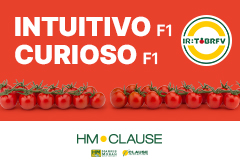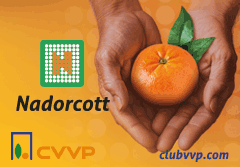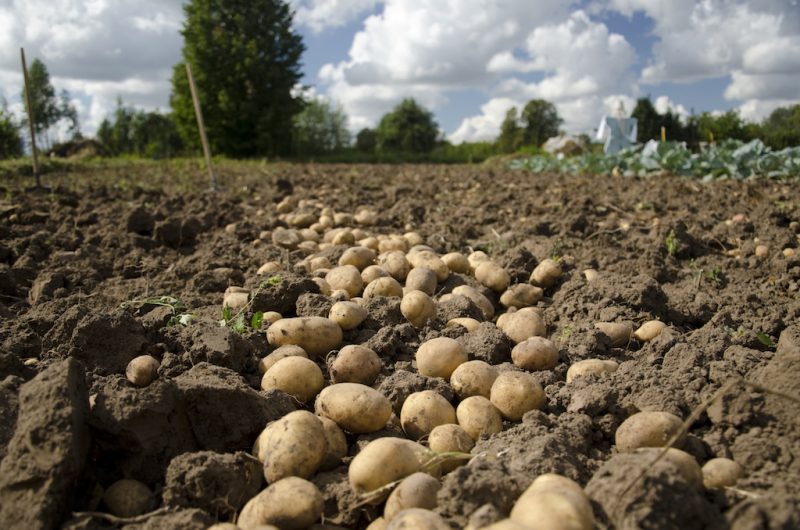This positive trend has been driven by several factors, particularly the decline in sugar beet cultivation, enabling potato producers to solidify their market position and enhance profitability.
According to Alfonso Sáenz de Cámara, manager of Udapa, a leading Basque cooperative specializing in potato production and marketing in Spain, this stability is the result of a combination of structural and situational factors. “The decline of sugar beet has freed up farmland, and many farmers have turned to potatoes as a viable and profitable alternative,” he explains. Additionally, improved farming practices, the development of more resistant varieties, and better industry organization have contributed to this period of stability.
One of the main reasons for the decline in sugar beet cultivation has been the elimination of subsidies linked to its production, which has drastically reduced the area dedicated to this crop. Added to this is the volatility of the sugar market, which has led many farmers to seek more stable and profitable alternatives.
“Potatoes have proven to be a crop with sustained demand, both nationally and internationally, which has supported their expansion,” Alfonso explains.
At the same time, increased consumption in the Horeca (hotel, restaurant, and catering) sector and large-scale distribution has stabilized prices, preventing the severe fluctuations of previous years. “Over the past four years, potatoes have solidified their status as a high-demand product with relatively stable prices, allowing us to work with greater planning and security,” says the Udapa representative.
Market adaptation
The sector has also adapted to market demands, focusing on innovation and product differentiation. The development of varieties tailored to different culinary uses, along with advances in packaging and distribution, has increased the added value of the final product.
Additionally, sustainability has become a key pillar for producers, who have implemented more environmentally responsible farming practices.
One of the main challenges remains the shortage of harvests in March and April, which forces Spain to rely on imports from Egypt and Israel to meet market demand.
However, the Spanish sector is working on new solutions, such as second-harvest potatoes. One particularly promising strategy is the production of verdete potatoes, planted in August and harvested in December.
“This type of production helps to stagger harvests and ensure a more consistent supply throughout the year, especially during periods when fresh potatoes are unavailable,” adds Sáenz de Cámara.
RELATED NEWS: Potato consumption not linked to heart disease
In addition to production challenges, the industry also faces a shortage of seed potatoes in Europe, as many traditional seed-producing lands have been repurposed for potatoes intended for industrial processing.
Despite these obstacles, the future looks optimistic. Agro-industrialization is a key strategy to secure generational renewal and prevent investment funds from monopolizing the business.
The cooperative model aims to consolidate a social and inclusive system, ensuring that both production and profits remain in the hands of those who work the land.
“If we continue to focus on quality, innovation, and organization, we will be able to maintain this positive momentum and further strengthen our position in the market,” Sáenz de Cámara concludes.
Despite potential challenges such as climate change and shifts in demand, the sector is in a strong position to face the future with confidence.























